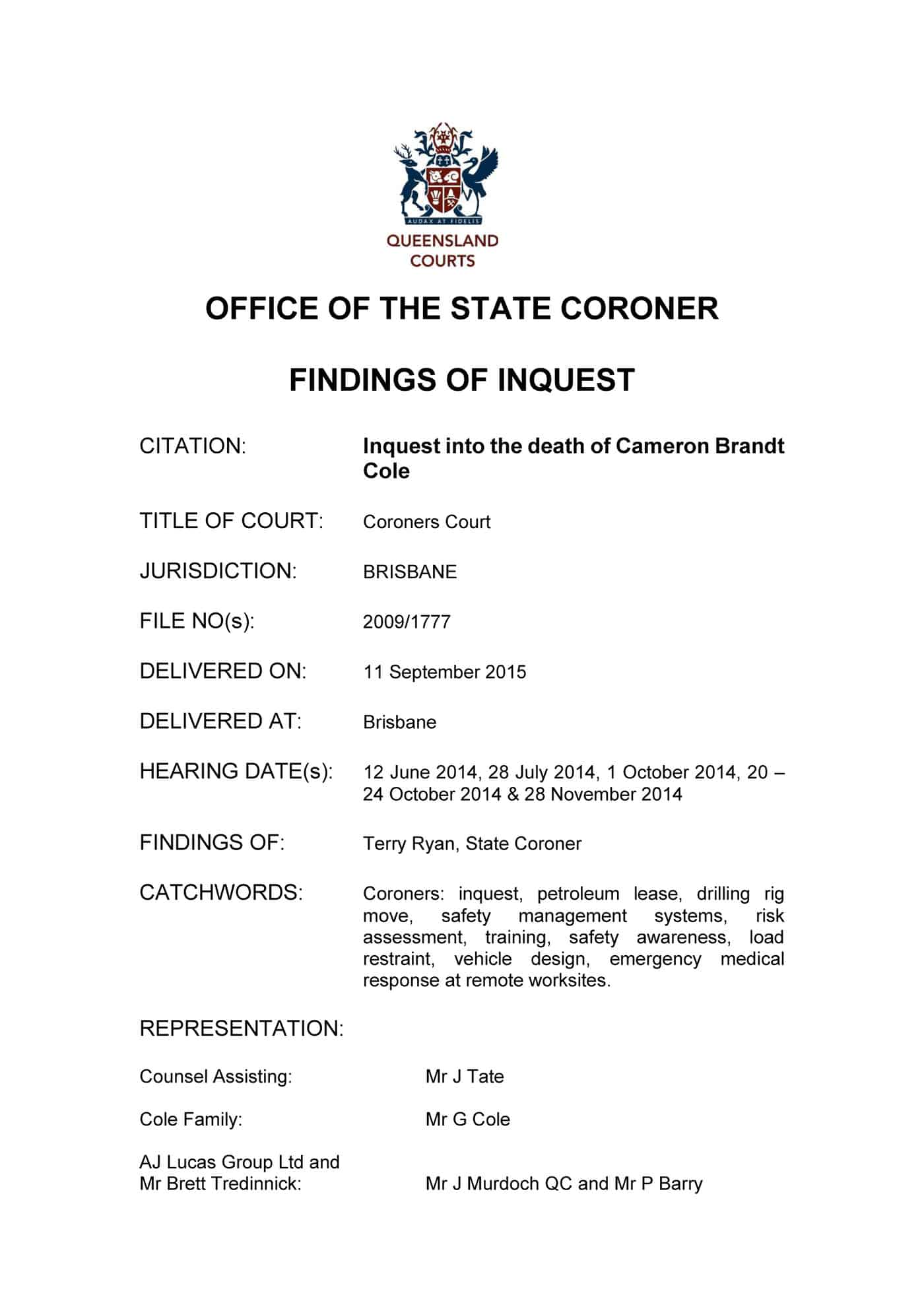On 18 September 2015 Senator Eric Abetz introduced amendments to the Building Code so that drug and alcohol testing will be required on construction sites. In his media release he states that:
“The construction industry is a high risk industry where the risks associated with the use of heavy machinery, mobile equipment, working in congested areas and working from heights, are accentuated by the effects of alcohol and drug use.”
Following this argument, would not greater safety benefit be gained by addressing the risks posed by machinery, working at heights and in congested areas? Drug and alcohol testing will do little to reduce these risks, or more correctly, hazards. Being impaired may make it more likely for a worker to fall while working at heights but creative and safe design could eliminate the risk of working at heights altogether. Continue reading “Drug and alcohol testing for Australian construction sites”

 A
A 